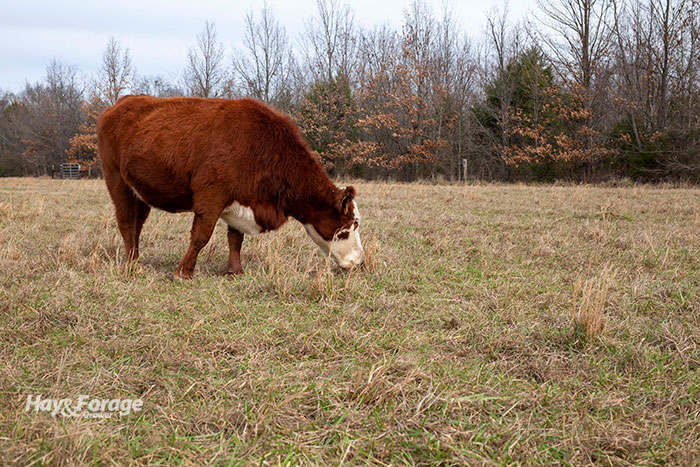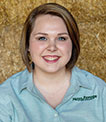
Many spring-calving cows are either in or entering their final three months of pregnancy. Recognizing your cattle’s physical condition as well as their diet requirements during the last few months of pregnancy is extremely important, explains Ken Olson, an extension beef specialist with South Dakota State University (SDSU). Because both factors can change relatively quickly, it’s important that farmers evaluate body condition scores (BCS) and the nutritive value of the cattle’s diet.
Ideally, cows entering the last trimester should have a BCS of 5 or 6. You may be able to see her last rib or two, but she should still have an adequate amount of fat reserves. A BSC of 4 or below makes it difficult for those cows to maintain weight, much less regain it, during the last trimester of pregnancy.
Weather is also a significant factor when assessing body scores.
“Two weeks of 20 below zero temperatures will take off one BCS if the diet isn’t adjusted for cold stress,” Olson notes. “This is especially true for cows that are already thin. Fat cover is a great insulator.”
The next thing to think about is your forage supply. Of course, if pasture grass or hay is in short supply, feed supplementation will be needed until spring forages are ready to be grazed. You may also need to supplement your forage if it does not meet the animal’s nutritional requirements.
The SDSU beef specialist explains that a cow in late gestation requires an adequate supply of a 50% to 56% total digestible nutrients (TDN) diet, which includes approximately 7% to 9% crude protein (CP). While early-cut, high-quality hay may meet these needs, feeding a poor-quality hay will not, and a protein supplement will be needed.
“A mature cow on winter range during her last trimester, without supplement, will lose one BCS in about 40 to 50 days,” Olson explains. In dormant, standing forage, both protein and energy are often deficient. To overcome these deficiencies, he suggests adding 4 pounds of a 20% commercial cake type of supplement to maintain BCS, or provide a by-product feed such as dried, modified, or wet distillers grains.
Another option would be to use homegrown harvested forages instead of a purchased supplement. Adding 12 pounds of a 10% CP hay along with grazing winter range or cornstalks will help maintain BCS.
Supplement options
Olson recommends high-fiber supplements if energy is needed. These might include soy hulls, sugar beet pulp, or corn gluten feed. If protein is needed, try oilseeds (soybeans, sunflowers); oilseed meals (soybean meal, sunflower meal, and cottonseed meal); or by-product feeds such as fishmeal and distillers grains. When adding supplements, consider palatability and toxin levels.
Olson states, “It is best to start managing your cows’ BCS in the fall because this is the easiest and cheapest time to increase body condition.” The goal is to have cows entering their last trimester of pregnancy with a BCS of 5 or higher to ensure calf health and cow fertility during the next breeding season.
As you assess your cows, keep these questions in mind:
• What body conditions are the cows in?
• Is there enough forage available for them to graze?
• If there is not enough forage to graze, is there hay available?
• What quality is the forage?
• Does protein or energy need to be supplemented?
• Which feeds are considered energy and/or protein sources?

C.J. Weddle served as the 2020 Hay & Forage Grower editorial intern. She currently attends Mississippi State University, majoring in agricultural education, leadership, and communications. She grew up on a farm in Vardaman, Miss., where her family raises sweet potatoes and soybeans.

